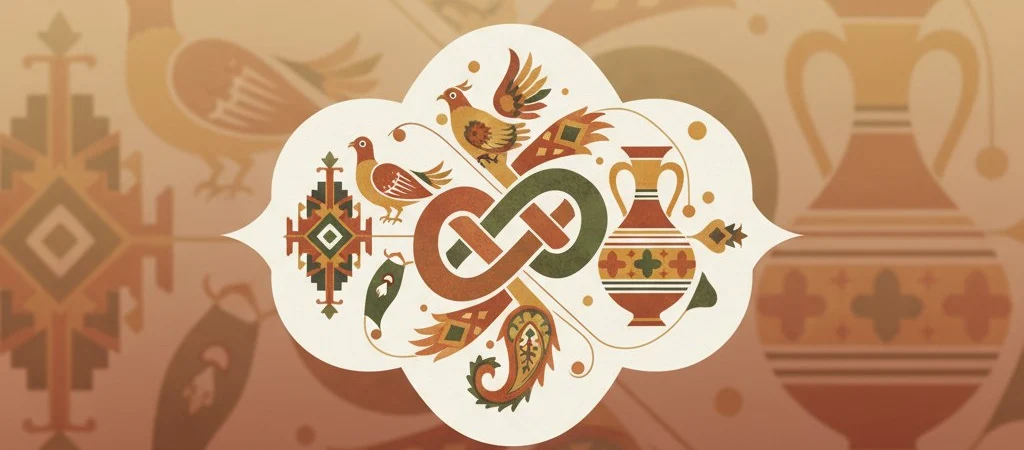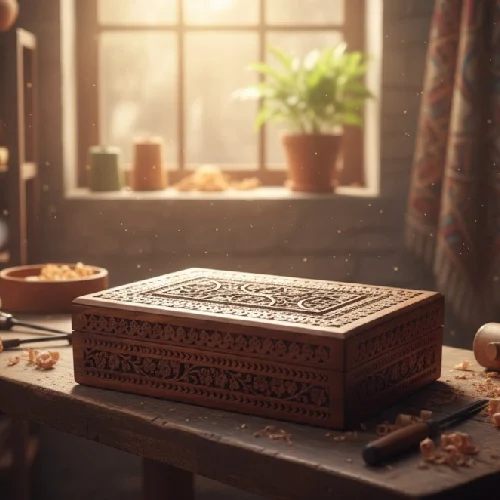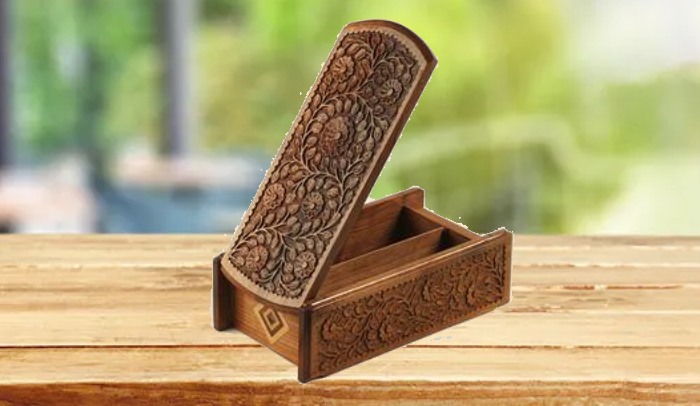
Wood Inlay Art and Backgammon Making



story of Wood Inlay Art
One of the most important handicrafts of Iran’s Kurdistan Province is wood inlay, an intricate art form that involves decorating surfaces with delicately cut pieces of patterned wood. This craft is based on overlaying natural, decorative designs made from fine-grained forest woods according to pre-planned layouts. The city of Sanandaj is considered one of the key centers of this artistic tradition in Iran and the surrounding region.

Although the roots of wood inlay in Sanandaj and nearby cities go back around 150 years, it was Master Ne’matollah Ne’matian—the late father of the renowned artisan Haj Majid Ne’matian—who introduced and professionalized this craft in Sanandaj. Prior to that, most artisans worked without proper tools or even a dedicated workspace. They often sat on the ground in the streets, spreading out their simple tools and materials to create beautiful and valuable works entirely by hand. In Sanandaj’s wood inlay tradition, artisans use richly textured and decorative woods such as walnut burl, sea buckthorn, and sometimes hackberry. Guided by an artistic eye, they carefully arrange the natural patterns of the wood to form harmonious designs, matching grain and color to produce truly unique and elegant creations.
A turning point in the development of this art came in 1963 (1342 in the Iranian calendar), when Master Abdolhamid Ne’matian—the grandson of Ne’matollah Ne’matian—introduced the first dedicated inlay workbench to Sanandaj. This innovation allowed the craft to be practiced more seriously and professionally, setting the stage for what is now a thriving and respected industry. Today, a significant portion of Iran’s backgammon boards are made by the skilled hands of Sanandaj’s artisans.
Due to the high cost of premium materials such as walnut, sea buckthorn, hackberry wood, dyes, and hardware, most inlay artists in Sanandaj focus primarily on producing backgammon boards and chessboards—items that are consistently in high demand. As a result, few artisans now venture into creating other types of woodcraft products. In recent years, wood inlay has often been combined with marquetry and carving, especially to meet customer demands and appeal to modern markets. Still, many master artisans remain true to traditional methods, crafting pieces that are both timeless and deeply rooted in the region’s cultural heritage, often relying on the unique grains of walnut and sea buckthorn. Sanandaj and Urmia are considered the main hubs for fine woodcraft in Iran, with Sanandaj alone accounting for a large share of the country’s handcrafted backgammon boards. Common Wood Inlay Products Made by Sanandaj Artisans:

Sanandaj-made backgammon boards are especially prized for their quality and design variety, and the city now boasts the highest volume of workshop-level production in this field. Thanks to the exceptional craftsmanship and materials, a large portion of Sanandaj’s wood inlay products are exported to other cities and countries, often purchased as souvenirs or meaningful gifts. We hope that in the near future, Sana Persian will have the honor of welcoming you to Iran, Kurdistan Province, and the beautiful city of Sanandaj—to visit our workshop and showroom, where traditional wood inlay comes to life, especially in the form of handcrafted backgammon boards. We look forward to that day. Let me know if you'd like a shorter or more promotional version, or if you need it formatted for a website or brochure.
Contact Us
+989054577261